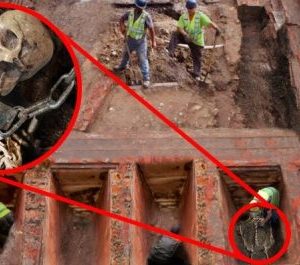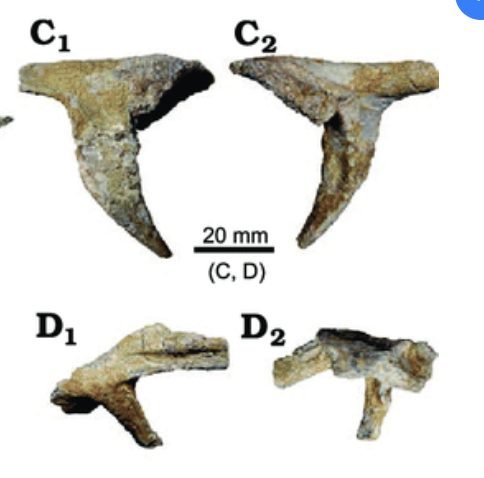
In the realm of paleontology, the study of prehistoric creatures and the mysteries of Earth’s ancient past, few findings capture the imagination like the fossils of Sauropodomorpha. These magnificent herbivorous giants once roamed the primeval landscapes of our planet, leaving behind a fascinating legacy of colossal proportions.
Unearthing the remains of these magnificent creatures has not only expanded our understanding of Earth’s history but has also shed light on the remarkable diversity of life that thrived during the Mesozoic Era. In this article, we will delve into the world of Sauropodomorpha and explore the significant insights these fossils provide about Earth’s ancient herbivorous behemoths.
The Sauropodomorpha: An Overview
Sauropodomorpha is a clade of dinosaurs that includes some of the largest terrestrial animals to ever grace our planet. These magnificent creatures first appeared during the Late Triassic period, approximately 230 million years ago. The clade is characterized by their distinctive long necks, massive bodies, and herbivorous dietary preferences. They are divided into two subgroups: Prosauropoda and Sauropoda.
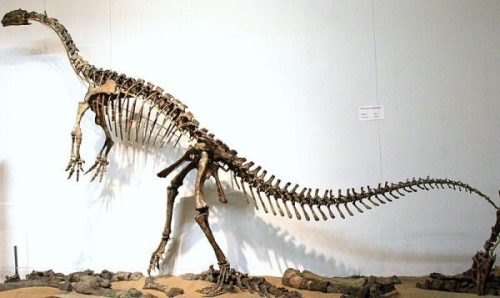
Prosauropoda: The Prosauropods were among the earliest Sauropodomorphs. They were moderately sized dinosaurs with elongated necks and tails, equipped with grasping hands for manipulating vegetation. While not as massive as their later relatives, these creatures played a pivotal role in the evolution of Sauropodomorpha.
Sauropoda: Sauropods, on the other hand, are the most iconic representatives of the Sauropodomorpha clade. They are renowned for their sheer size, characterized by elongated necks, small heads, and massive, columnar limbs. Some of the most famous Sauropods include Diplodocus, Apatosaurus (formerly Brontosaurus), and the colossal Argentinosaurus, which may have reached lengths of up to 100 feet.
Unearthing Ancient Giants
The excavation of Sauropodomorpha fossils is a challenging yet rewarding endeavor. These colossal creatures left behind a trail of tantalizing clues that help us reconstruct their lives and the ecosystems they inhabited. The following are the key aspects of these findings:
Body Structure: Sauropodomorpha fossils reveal an incredible array of anatomical features. Their elongated necks and tails were adapted for reaching vegetation high in trees and for balance. Their massive bodies and robust limbs provided the support necessary for these behemoths to exist.
Dietary Habits: The fossilized teeth of Sauropodomorphs are crucial in understanding their dietary habits. These herbivores had specialized teeth for processing plant material, and their immense size allowed them to consume vast quantities of vegetation daily.
Footprints: In addition to bones and teeth, Sauropodomorpha footprints have also been found in various parts of the world. These tracks provide insights into their behavior, movement patterns, and social structures.
Growth Patterns: Analysis of Sauropodomorpha fossils has offered clues about their growth and development. Researchers have discovered that these giants exhibited rapid growth rates during their juvenile stages, which contributed to their massive adult size.
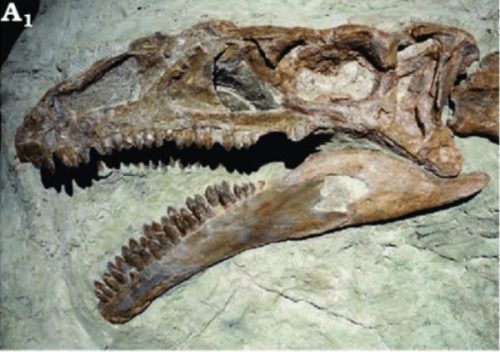
Ecosystem Impact: By studying the environments in which Sauropodomorpha fossils are discovered, scientists can reconstruct the ecosystems of the Mesozoic Era. These giants played a vital role in shaping the plant communities of their time.
Unveiling Prehistoric Mysteries
The fossils of Sauropodomorpha have unveiled a plethora of prehistoric mysteries. Here are some of the most intriguing discoveries:
Sauropodomorph Diversity: The fossils of Sauropodomorpha have revealed a remarkable diversity within this clade, ranging from the moderately sized Prosauropods to the colossal Sauropods. This diversity showcases the adaptability of these herbivores in various ecosystems.
Longevity and Extinction: Sauropodomorpha experienced a long and successful reign during the Mesozoic Era. However, towards the end of the Cretaceous period, many of these giants faced extinction, and their disappearance remains a subject of scientific investigation.
Herbivorous Strategies: Fossils have illuminated the various strategies employed by Sauropodomorpha to feed on vegetation. The study of their teeth and jaws has revealed that some species were highly specialized for specific plant types, while others had more generalized diets.
Social Behavior: While much of the Sauropodomorpha’s social behavior remains speculative, certain fossil evidence, including trackways and site discoveries, suggests that they might have exhibited some form of herd behavior.
The discovery and study of Sauropodomorpha fossils have given us a unique window into the lives of Earth’s ancient herbivorous behemoths. These colossal dinosaurs, with their long necks and massive bodies, dominated the landscapes of the Mesozoic Era, shaping ecosystems and leaving an indelible mark on Earth’s history. Their fossils continue to captivate the imagination of scientists and enthusiasts alike, offering valuable insights into the evolution of life on our planet.
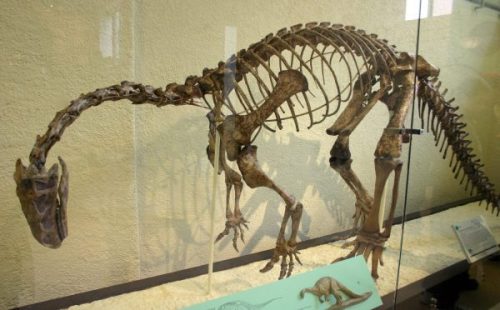
As paleontologists continue to unearth and examine these ancient giants, the secrets they hold about our planet’s prehistoric past will undoubtedly keep unfolding. The legacy of Sauropodomorpha remains a testament to the rich tapestry of life that has thrived on Earth for millions of years, leaving us with awe-inspiring tales of gigantic herbivorous creatures that once roamed the Earth.






